How do cheap sunglasses stack up against those rocking three-figure price tags? We explain the key differences
Not only does a set of cycling sunglasses shade your eyes, they provide a mini shield against bugs and debris. Many cyclists won't go out without them – but are expensive models really any better?

You can make a strong argument for an effective pair of sunglasses being an essential piece of kit. True, you can cycle without them but unless it's pouring down with rain chances are you’ll be far better off with them than without. Not only do they shield your eyes from the glare of the sun, they also protect you from incoming insects and other debris. Both make for a more enjoyable, and safer, ride.
Today, the best cycling sunglasses come in a wide range of shapes and sizes, with lenses available in various tints for specific light conditions as well as different ‘treatments’ that promise to make smearing, fogging and scratching a thing of the past.
But it's not only the styles that vary. Cycling sunglasses occupy a wide range of price points, from under £20 to over £200. Even glasses at the lower end of the price spectrum have to legally meet a few minimum requirements for them to be sold legitimately, including meeting UV protection and shatter resistance standards. As a result, polycarbonate plastic, which is highly resistant to both impacts and UV rays, is typically used in glasses regardless of their cost.
Which begs the question, do you need to spend three-figures to get the performance you require? Or can you buy budget shades and still enjoy plenty of protection and performance during your ride?
To help you assess the difference between ‘cheap’ and ‘expensive’ cycling sunglasses we’ll go into a little more detail, looking at a number of areas of concern, with specific ‘budget’ versus ‘expensive’ model comparisons for each section.
Shape and coverage
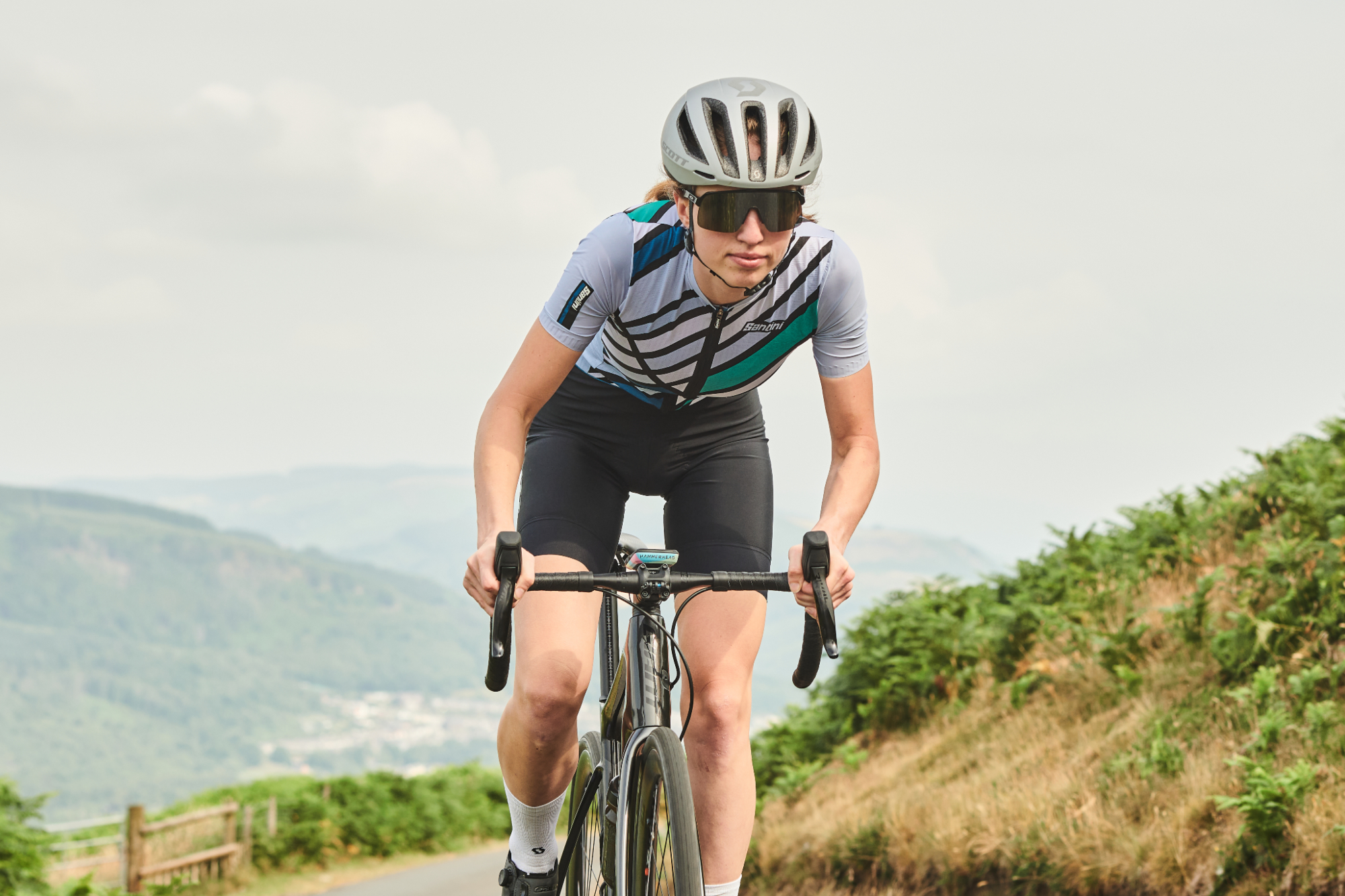
If you’ve watched any bike racing recently you’ll have probably noticed the trend for full-coverage sunglasses that has much of the pro peloton looking like extras in a science fiction movie. Fashion aside, extended coverage is a good thing when you're riding, or racing, a bike.
Generally speaking larger lenses provide more coverage and reduce the chance of the glasses affecting your sightlines. If you’re unconvinced, a short ride in a pair of regular sunglasses should help convert you, at least, to the merits of cycling specific lens shapes, which take into account the various positions you’re likely to assume on the bike. Peripheral vision is important to cyclists, as is being able to see through the top of the lens when you’re tucked low or riding in the drops.
Fortunately for those on a budget lens shape isn’t overtly affected by price. While premium brands will deliver greater lens coverage, and will have more models on offer too, cheaper brands are likely to have at least one pair in its range that fits the ‘full coverage’ tag.
Lens coverage: Oakley Sutro vs dhb Vector
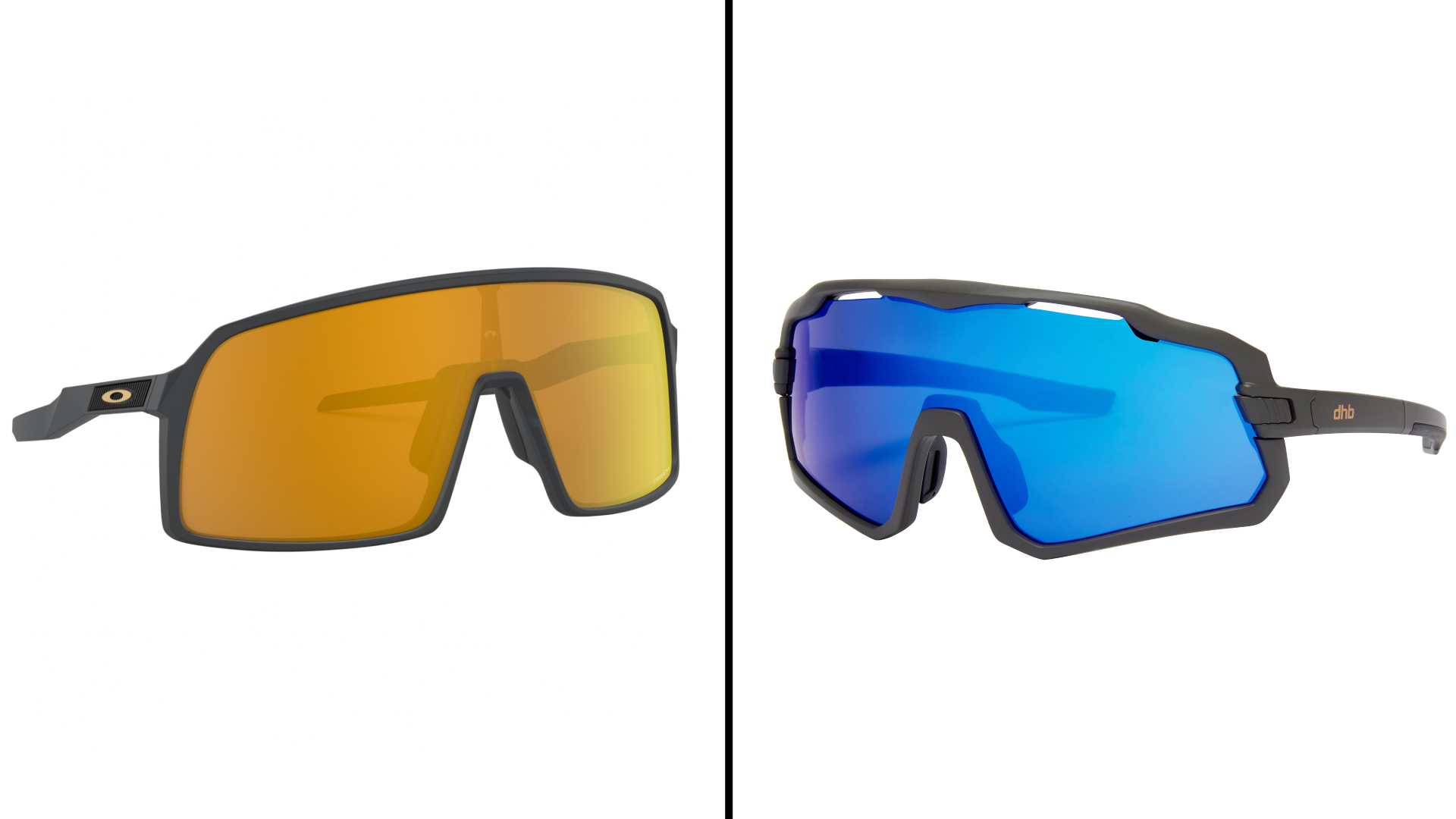
While ‘bigger is better’ remains a matter of opinion, pretty much all of the leading sunglasses brands have ‘gone big’ with its current range of cycling specific models.
Oakley’s Sutro is a prime example of a modern shape, with a large lens that extends vision both side-to-side and top-to-bottom; the lens height of the Sutro’s is 56.7mm. They’re worn by the likes of Remco Evenepoel and certainly deliver extensive coverage against debris and sun at oblique angles. Unsurprisingly, they’re also expensive with a retail price of over £140.
Dhb’s Vector glasses are less than half that price, but offer a similar amount of coverage. This of course doesn’t mean the quality of the lens matches that of the Oakley Sutro, but if you’re after a pair of contemporary looking shades that offer a wide field of vision without breaking the bank, then the Vectors are worthy of your attention.
Lens technology and options
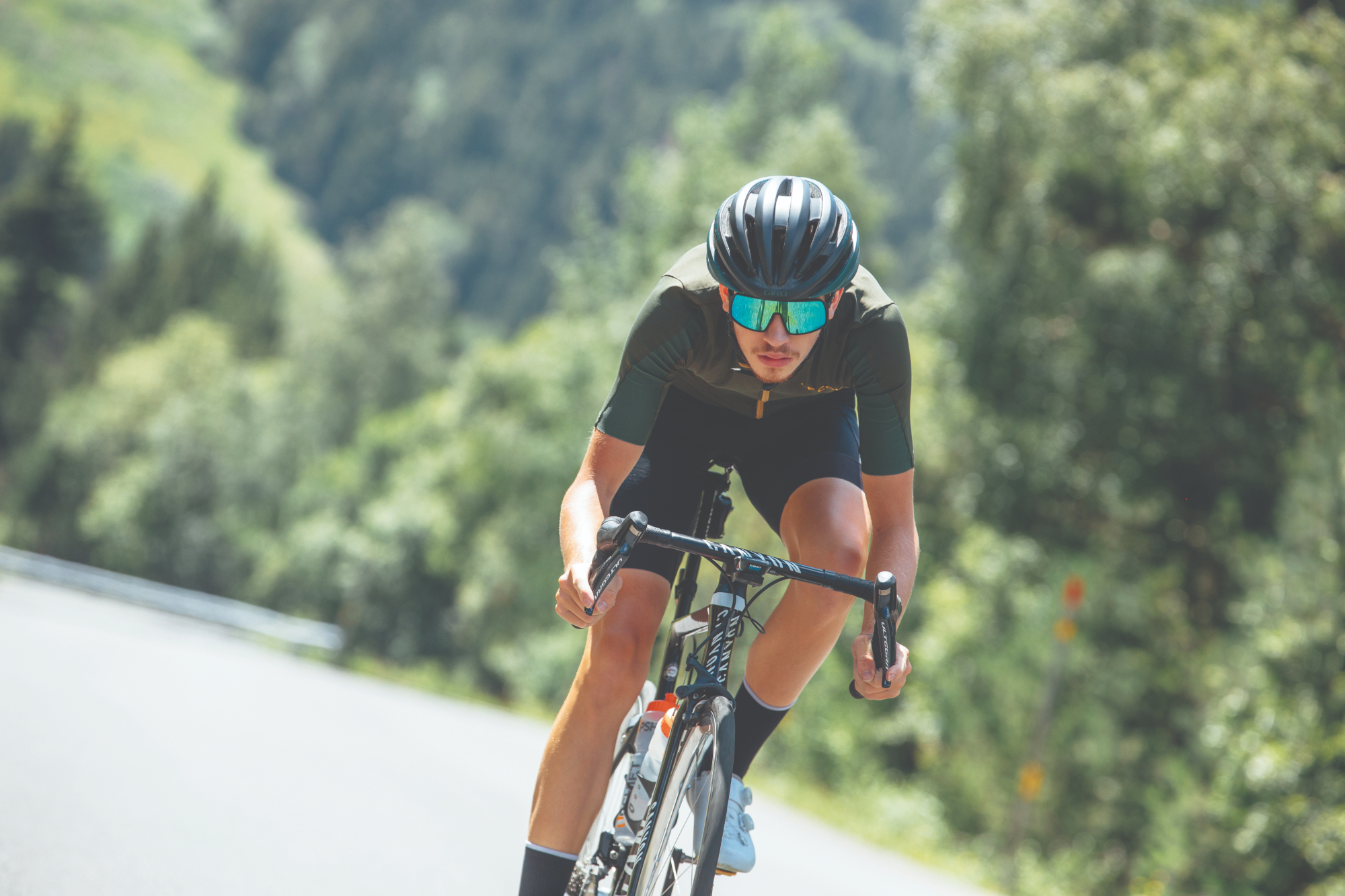
At a basic level, a cyclist needs sunglasses to protect against sun and debris, such as dust. All glasses should protect against UVA and UVB rays regardless of the price tag. Equally, most cycling-specific lenses, which almost universally incorporate a wraparound shape of some description, should prevent bugs and the like from getting in your eyes.
But given that you’ll be wearing them while exercising outdoors, often for extended periods of time, lens technology that improves contrast or reduces glare could prove to be money well spent. More expensive glasses are likely to feature more if this tech. Oakley’s Prizm lenses claim to deliver ‘optimised’ vision based on the required usage; its cycling-specific Prizm lenses are designed to sharpen the road ahead and given the poor conditions of many roads, additional clarity to better spot those bumps, lumps and potholes can only be a good development.
Polarized and photochromic lenses are two features often associated with more expensive cycling sunglasses. The former should provide better definition compared to ‘regular’ lenses while also helping to minimise glare. The latter respond to changing levels of light, becoming lighter or darker accordingly. In essence this means you can use the same pair of glasses across a range of conditions and seasons, without having to swap out the lens. You’ll find photochromic lenses on cycling shades of various prices, but, as a rule of thumb, expect the lens reaction time to be slower the cheaper the glasses are.
Lens technology: Smith Reverb vs Van Rysel Roadr 500 High-Def
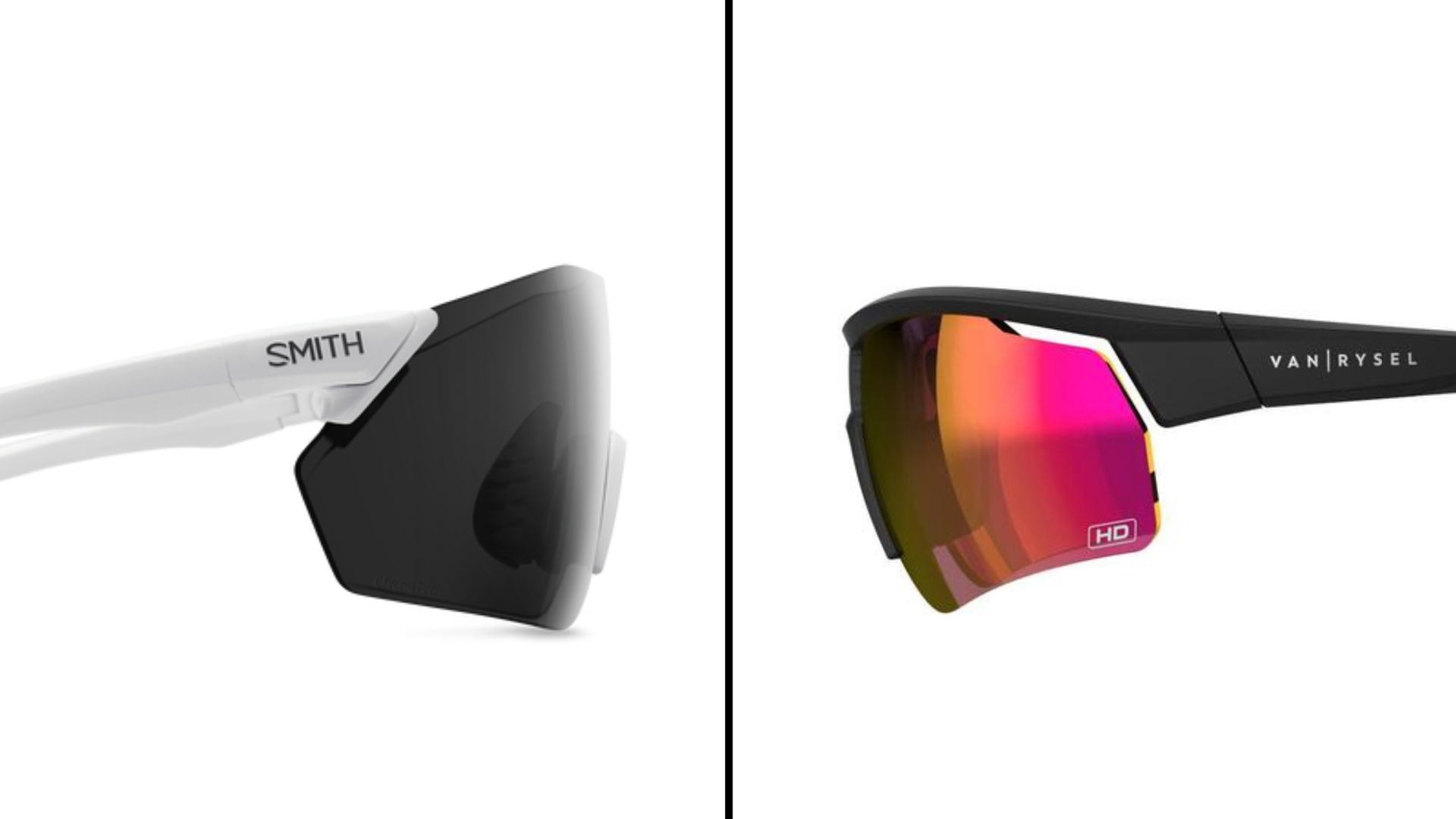
Smith’s Reverb glasses feature a large single-lens design that’s designed to offer a wide field of vision without adding extra weight; despite their size they have a claimed weight of just 27g. However, it is the ChromaPop lens technology that’s of real interest here. Smith says that our eye’s retina has trouble distinguishing between blue and green and red and green light. Its trademarked ChromaPop tech filters these crossover colours, which it says leads to great definition and clarity.
You could buy eight pairs of Van Rysel’s Roadr 500 High-Def glasses for the cost of the Reverbs. They come with a high-contrast lens designed for road cycling, which Van Rysel says enhances commonly seen colours, giving blues, greens and greys greater contrast, which in turn allows you to see in more detail.
Lens treatments
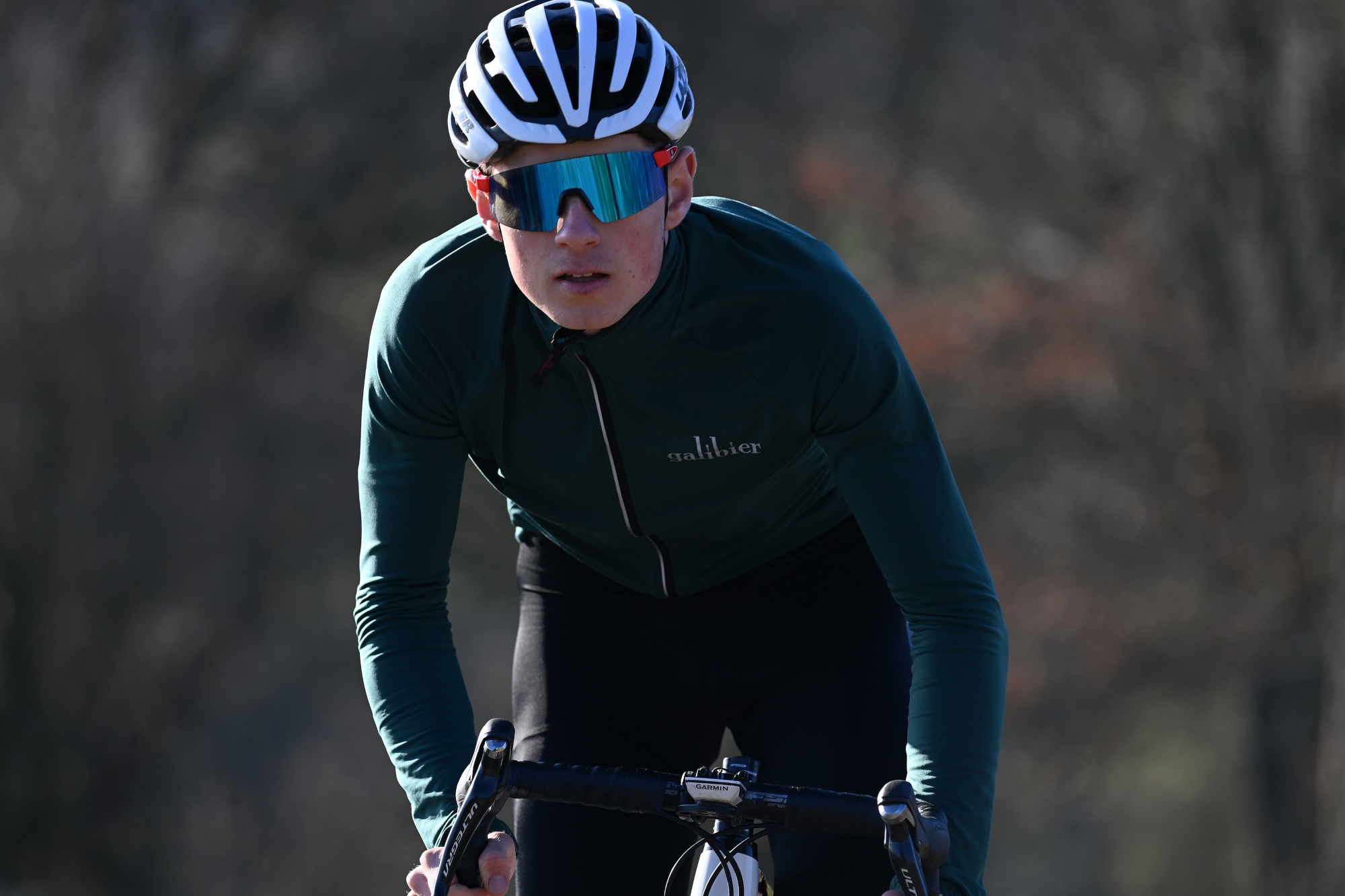
Additional coatings or ‘treatments’ applied to the lens are often featured on more expensive sunglasses. These are likely to include anti-scratch, anti-smear and anti-fog treatments. All three have their merits when considering the demands of cycling. It’s likely you’ll drop your glasses at some point. You may even be unfortunate enough to crash while wearing them.
You’ll certainly be removing them regularly, placing them in your helmet or jersey pocket. A lens that can protect against scratching, fingerprints and sweat is advisable, if your budget allows. Similarly, the prevention of misting on the inside of your lens is helpful and ride-enhancing, as is a hydrophobic coating that can help keep rain droplets at bay if you’re caught in a shower.
Lens treatments: 100% Speedcraft vs Endura Gabbro II
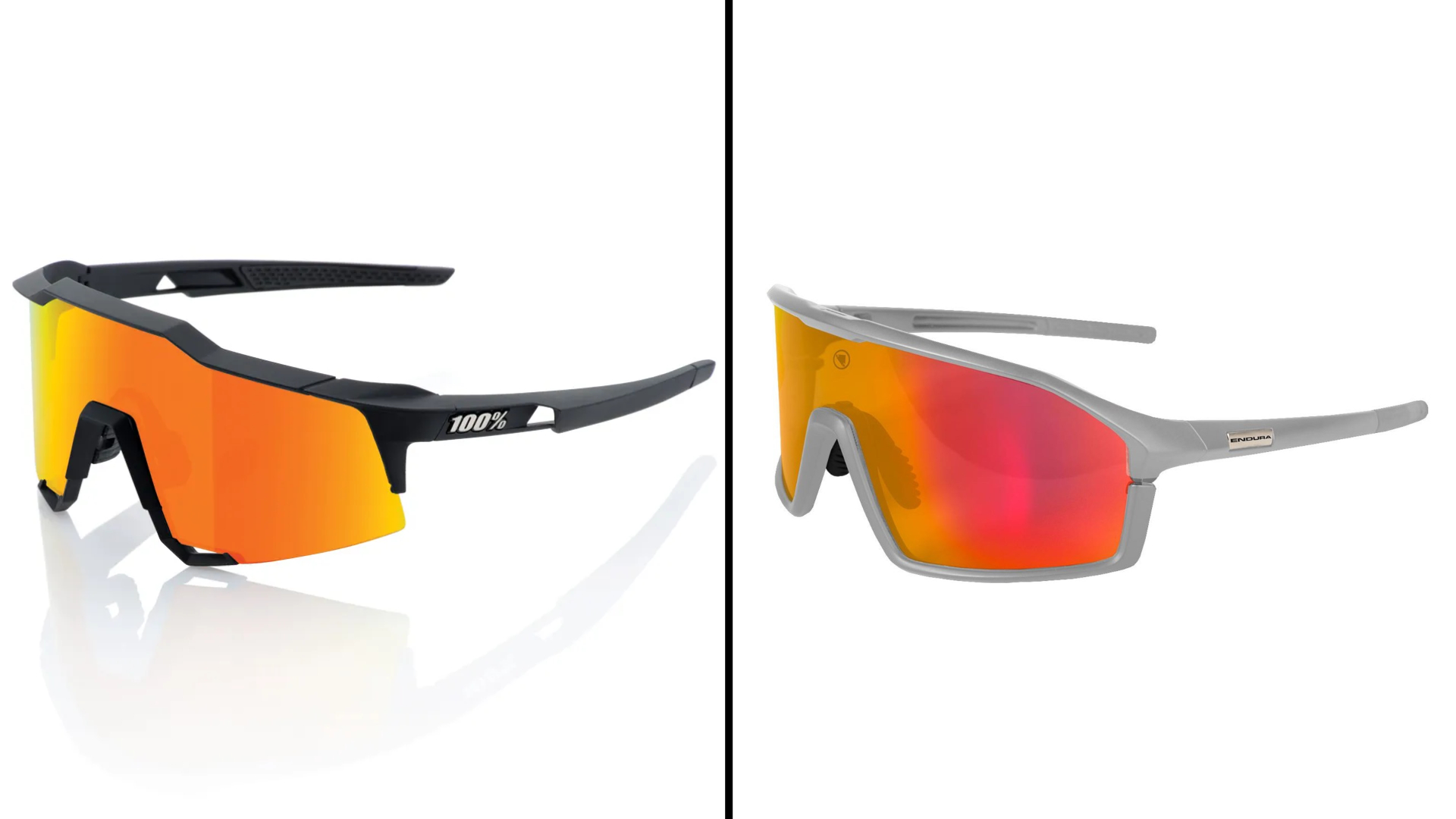
The Speedcraft’s one-piece ‘cylindrical shield’ lens is designed to increase peripheral vision and protection. The scratch-resistant lens also boasts what 100% calls its HYDROILO treatment, which is said to repel water, dirt and oil.
It’s what you might expect for glasses that retail at £200. But can far cheaper glasses also offer a comparable level of lens treatment? Endura’s Gabbro II, with a £50 price tag, has a large lens that features super-hydrophobic front coating and anti-fog back coating.
Frame and Lens options and swaps

Certain models can come with a bewildering choice of frame colours and lenses. Take Oakley’s iconic Jawbreaker sunglasses, which currently are offered in at least 10 colours, many with different lenses, including those for medium light and low light as well as photochromatic. When it comes to budget glasses it's unlikely you’ll be offered such a choice. However, cheaper glasses that feature two or even three pairs of interchangeable lenses are commonplace.
The key when it comes to lens options is to figure out what you do, and don’t, need. It’s not worth paying more for extra lenses you’re unlikely to use. That said, a pair that comes with interchangeable lenses for bright and low light conditions, faced by most cyclists at some juncture, are cost effective; essentially two pairs of glasses for the price (almost) of one.
Some brands offer a certain model in two sizes, akin to a regular and small, to accommodate different face shape and sizes. For example, the Italian brand Salice offers its stylish 026 model in a small option, as does Oakley with its Sutro S, a ‘scaled down' version of the larger lens model. Sizing options aren’t only found in premium priced brands though; Van Rysel offers its affordable Roadr model in two sizes.
Lens options bring us neatly onto the swapping lenses. Or more importantly the ease in which you can swap between interchangeable lenses. Cheaper glasses tend to rely on a pretty rudimentary method of hooking the edge of the lens into a tab on the frame and then pressing it in by hand. It usually means you’ll end up with fingerprints on the lens, and pulling the lens out can seem a little counter-intuitive and a good way to break the glasses.
More expensive options can offer something a tad more sophisticated; you can find release buttons, folding lens designs and more. That said, you’ll still find the ‘clip’ and ‘pull’ methods used on more expensive glasses, too.
Lens swaps: Oakley Jawbreaker vs Tifosi Intense (with interchangeable lenses)
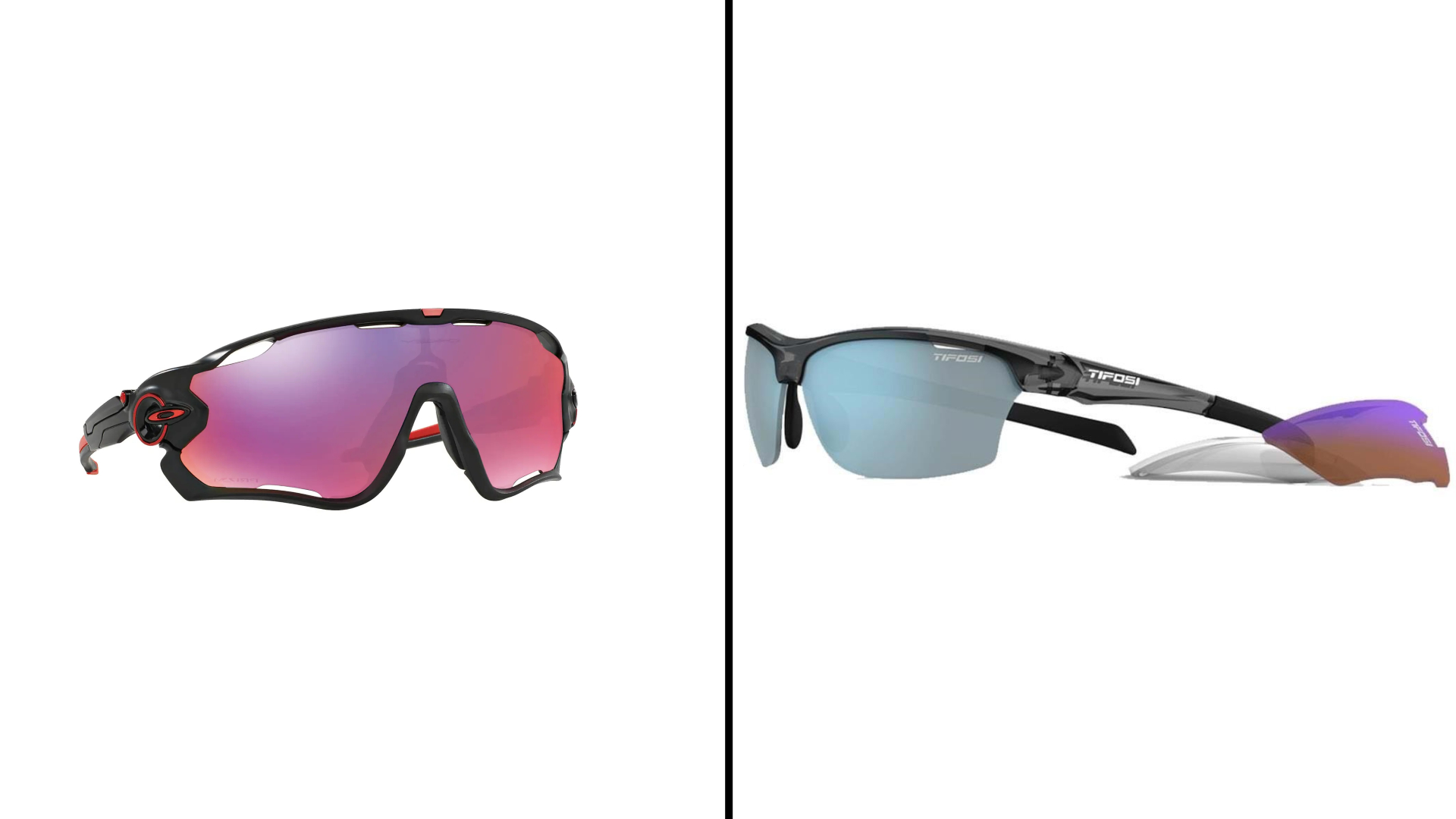
The Oakley Jawbreaker features a frame with a nose piece that acts like a clasp; unclip it and the lower section of the frame folds down, allowing you to remove the lens. It’s a clever piece of design, which Oakley has finetuned over the years. It works because of the robust, full-frame design but wouldn’t be applicable to many contemporary single-lens creations, which often rely on a minimal frame. It also requires you to buy the additional lenses for varying light conditions.
While the Tifosi Intense don’t offer a fancy design to help you remove the lenses, they do come with three lens options - clear for low-light rides, smoke for bright light conditions and AC red for all round use - which can be interchanged using the ‘clip’ and ‘pull’ method. I’ve had a pair of these glasses for over five years and have used them without any bother; the frame remains intact and the lens still clips firmly into place. It’s been a cost-effective way of ensuring that I’ve always had an effective pair of glasses no matter the conditions.
Ventilation
Cycling places some distinct demands on sunglasses, including the prevention of fogging. If your glasses fog up when you’re walking down the street it's rarely an issue; have it happen when you’re descending at speed or navigating busy roads on a bike and it can be far more problematic.
Many premium glasses, especially those with large ‘full coverage’ lenses that are prone to fogging, will have a similar solution. The Italian brand Koo often uses four ventilation ‘ports’ at both the top and base of the glasses. The 100% Speedcraft model, the “eyewear of choice for Peter Sagan”, includes ‘air scoops’. Both are essentially gaps or slots between lens and frame.
However, it’s not a feature that is exclusive to expensive glasses; the dhb Vector glasses deal with potential fogging issues in a similar fashion, as do the previously mentioned Tifosi Intense glasses. My experience here is that while the two slots, one at the top of each lens, don’t always prevent fogging they do a decent job of clearing it when it does occur.
Ventilation: Koo Demos vs Tifosi Alliant Enliven
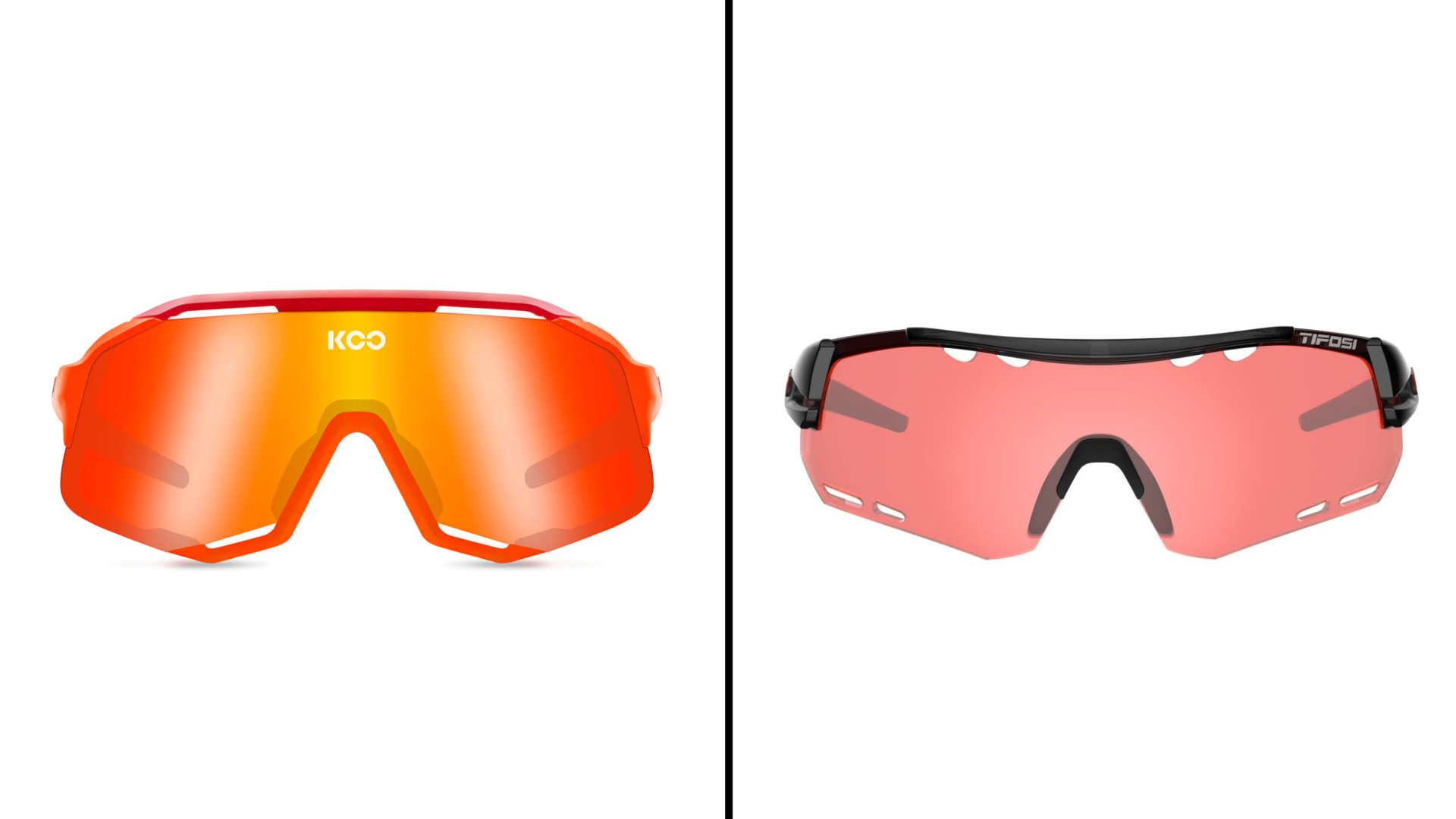
The Demos feature a large single lens design that would probably be prone to fogging. Koo combats this with those previously mentioned ‘ports’. The Demos place two at the base of the glasses and two at the top.
Tifosi’s Alliant Enliven glasses are considerably cheaper than the Demos but offer plenty of venting too. Described by Tifosi as “highly ventilated”, the lens is shaped to create four gaps at the top of the glasses between lens and frame, while the lower portion of the lens features four slots.
Conclusion
So do you need to spend big bucks on a pair of cycling sunglasses? Certainly if you’re after a pair worn by your favourite pro then you’ll have to spend three digits for the privilege. You’ll also benefit from lens technology and treatments that will be harder to find at the lower price points - if you have specific needs, such as photochromic lens or a hydrophobic treatment, then you’re likely to be required to spend more money. Equally, as with most cycling-specific products, you’re likely to find superior material and build quality in premium glasses.
But cheaper sunglasses still offer plenty. They ‘borrow’ design elements from more expensive shades, which means you may just be able to get the ‘pro’ look without having to pay so much for it. You can also find technology like photochromic lens at lower price points but performance expectations may also have to be reduced.
However, unsurprisingly, their biggest selling point is the price. I’ve regularly opted for cheaper, but always reputable, glasses because I know they’re likely to suffer plenty of wear and tear regardless of cost. I’ve always been pleasantly surprised how they’ve performed too. While they can lack detail, cheaper glasses from recognisable brands are still usually pretty adept at doing their job, namely protecting your eyes while your cycling.

Thank you for reading 20 articles this month* Join now for unlimited access
Enjoy your first month for just £1 / $1 / €1
*Read 5 free articles per month without a subscription

Join now for unlimited access
Try first month for just £1 / $1 / €1
Get The Leadout Newsletter
The latest race content, interviews, features, reviews and expert buying guides, direct to your inbox!
Luke Friend has worked as a writer, editor and copywriter for twenty five years. Across books, magazines and websites, he's covered a broad range of topics for a range of clients including Major League Baseball, the National Trust and the NHS. He has an MA in Professional Writing from Falmouth University and is a qualified bicycle mechanic. He has been a cycling enthusiast from an early age, partly due to watching the Tour de France on TV. He's a keen follower of bike racing to this day as well as a regular road and gravel rider.
-
 'This is the marriage venue, no?': how one rider ran the whole gamut of hallucinations in a single race
'This is the marriage venue, no?': how one rider ran the whole gamut of hallucinations in a single raceKabir Rachure's first RAAM was a crazy experience in more ways than one, he tells Cycling Weekly's Going Long podcast
By James Shrubsall
-
 Full Tour of Britain Women route announced, taking place from North Yorkshire to Glasgow
Full Tour of Britain Women route announced, taking place from North Yorkshire to GlasgowBritish Cycling's Women's WorldTour four-stage race will take place in northern England and Scotland
By Tom Thewlis
-
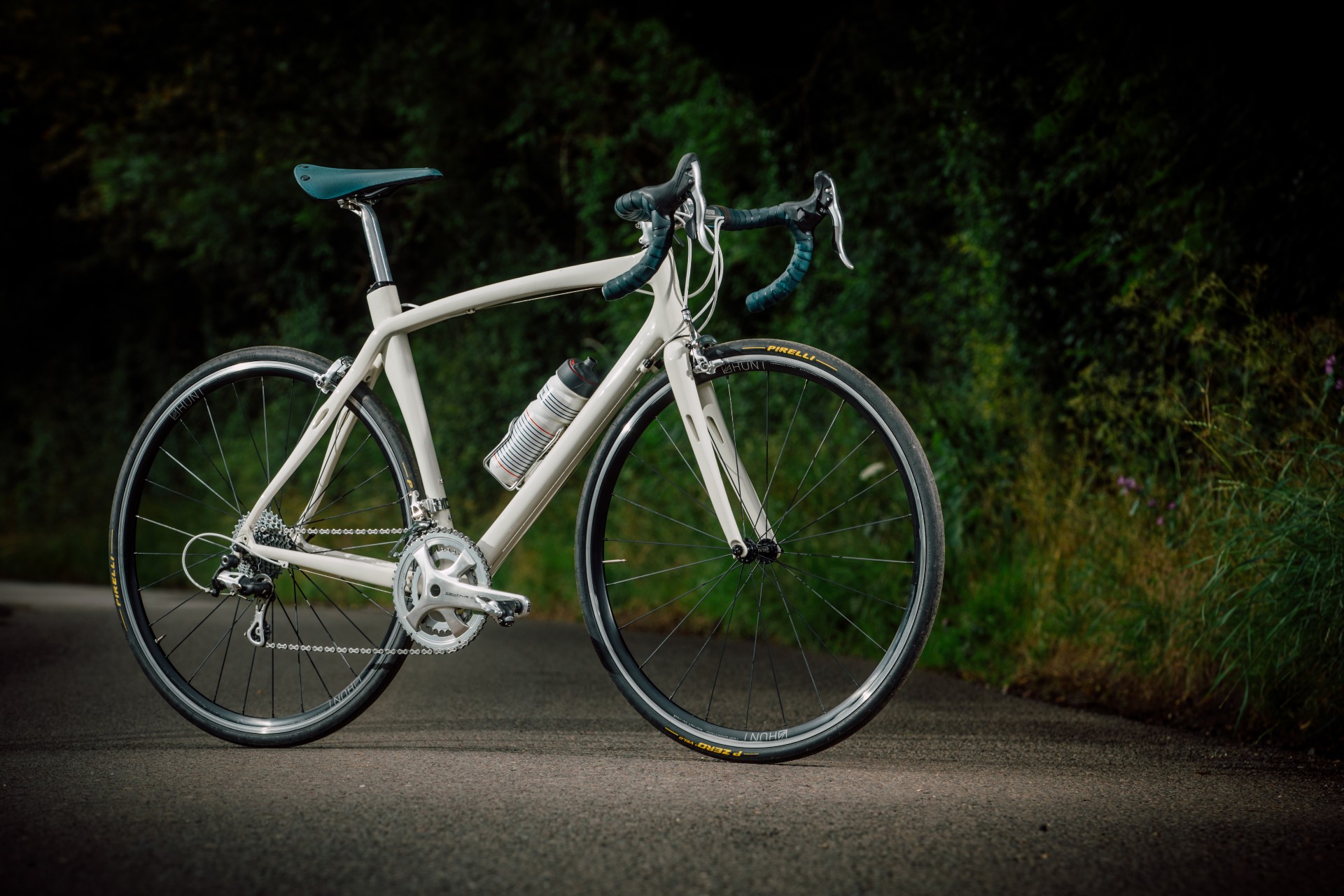 Five cost-effective upgrades to make a second-hand bike feel like new again
Five cost-effective upgrades to make a second-hand bike feel like new againWe run you through the most cost-effective ways to get a 'brand new' feeling from a second hand bike
By Stefan Abram
-
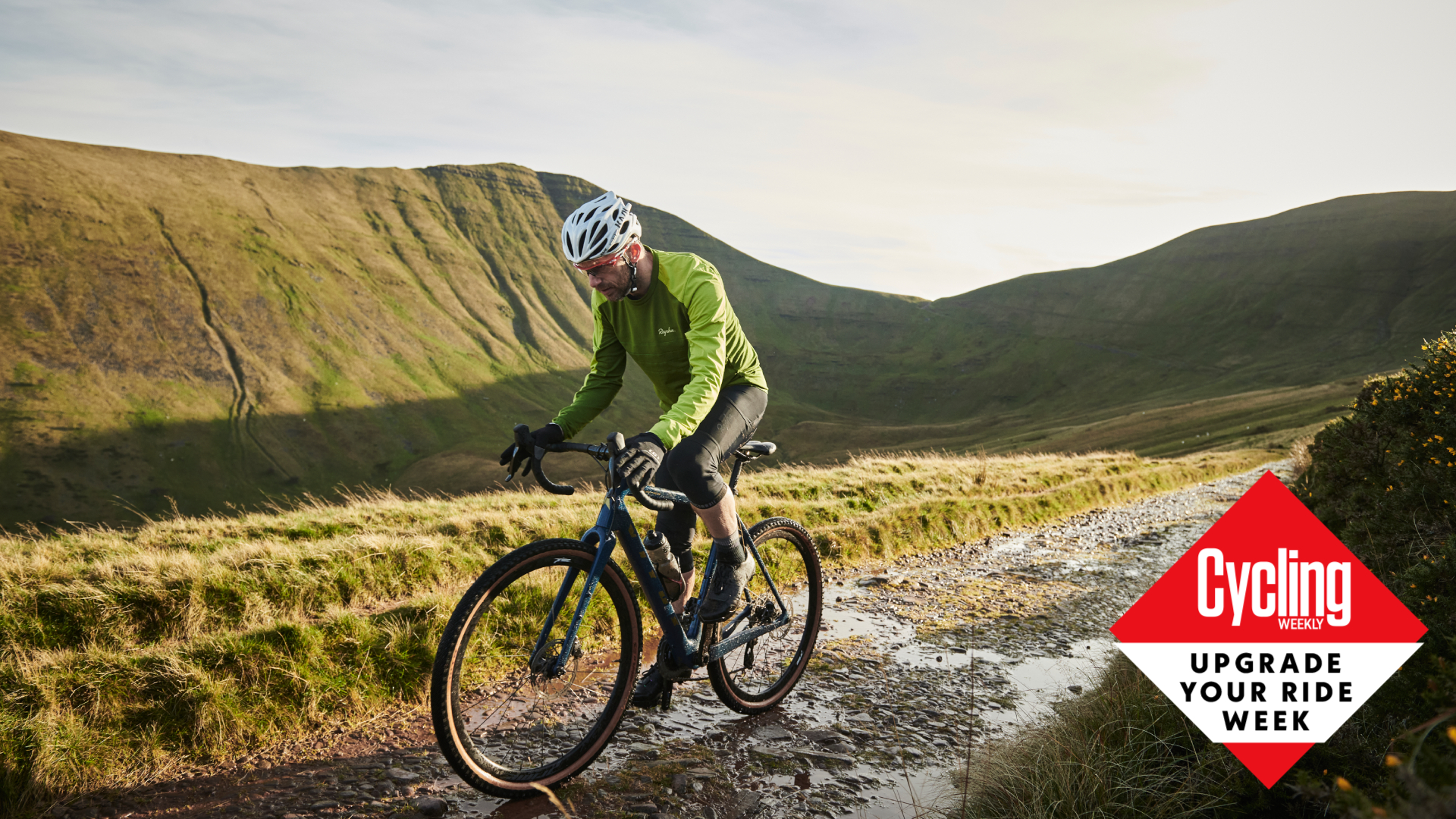 Five simple upgrades to get the best out of your gravel bike
Five simple upgrades to get the best out of your gravel bikeHere's how to to push your bike further – and go faster off-road
By Stefan Abram
-
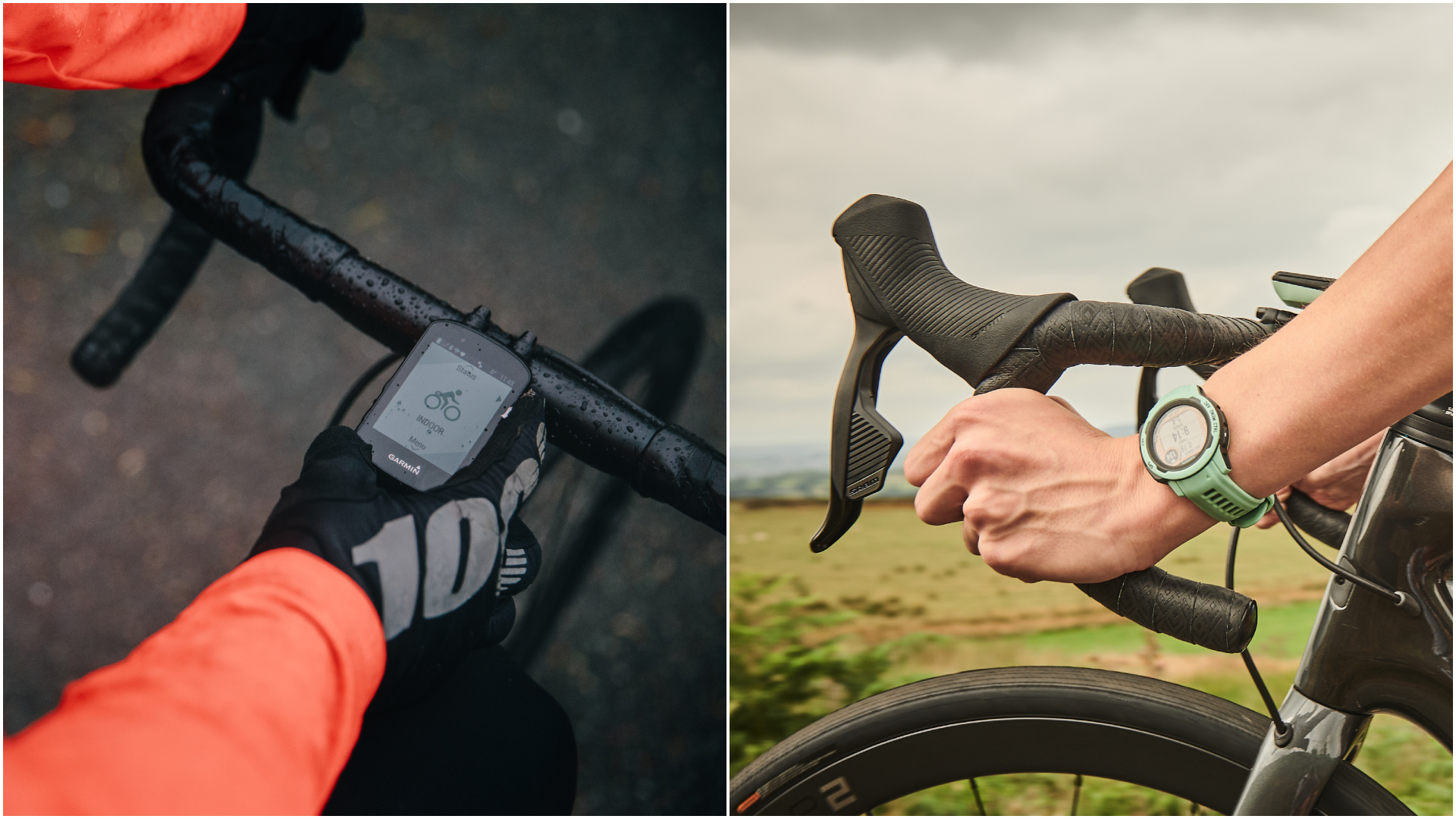 Smartwatch versus cycling computer: which is best for cyclists?
Smartwatch versus cycling computer: which is best for cyclists?Is mapping most important to you? Or would you get more out of 24/7 health monitoring? - we take you through all the pros and cons of wearables versus bike-mounted devices
By Luke Friend
-
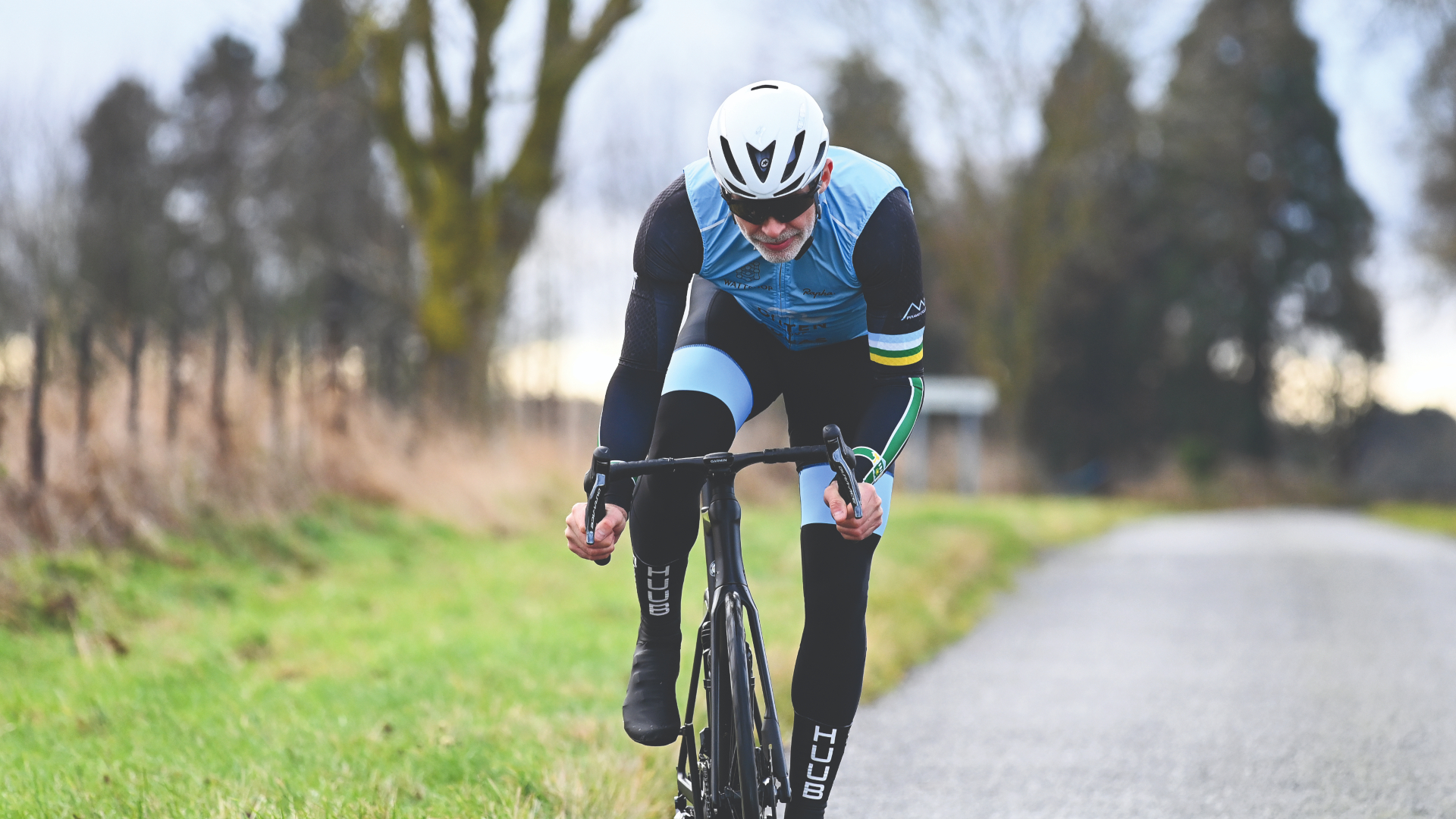 Help the environment; save some money – here's how to make your cycling kit last longer
Help the environment; save some money – here's how to make your cycling kit last longerSurprisingly easy ways to keep your bike gear going and going
By Hannah Bussey
-
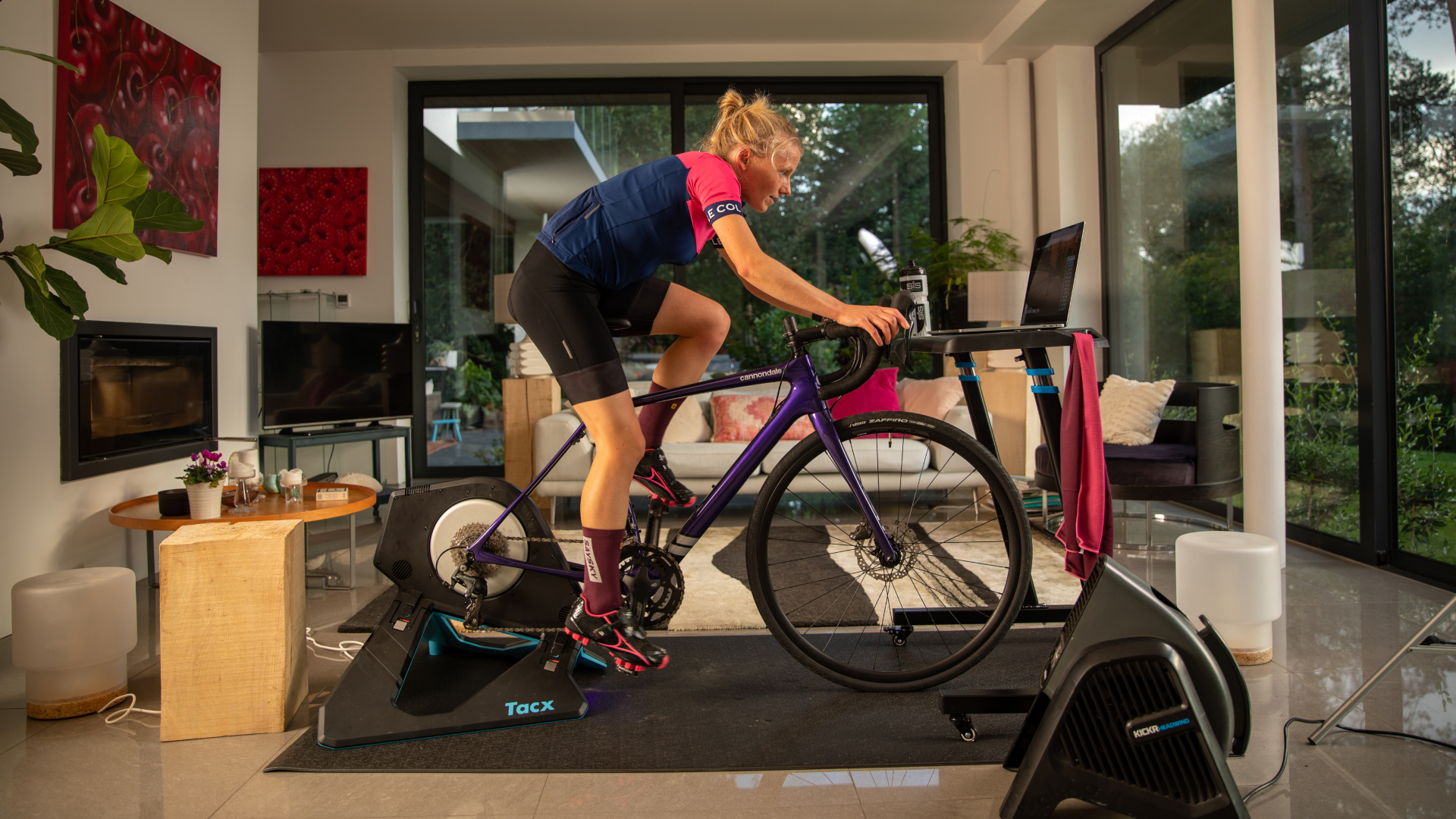 Cheap versus expensive turbos trainers: are you paying four figures for features you don’t need?
Cheap versus expensive turbos trainers: are you paying four figures for features you don’t need?Today's turbo trainers are available at a myriad of price points but what are the differences between entry level and top-tier units? We take a look at the details and their impact on the experience of riding indoors
By Luke Friend
-
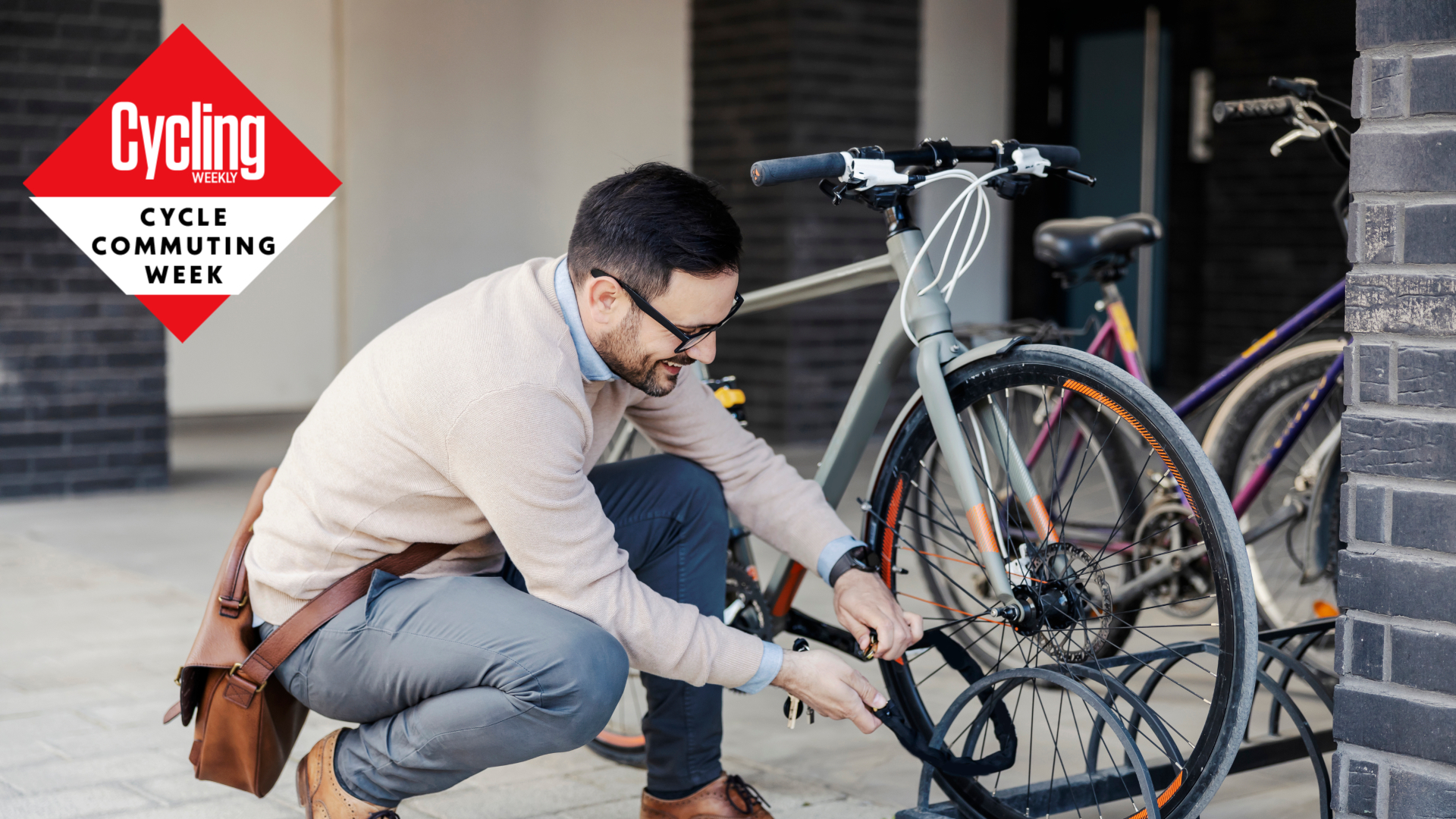 Not all bike locks are created equal, so just how much do you need to spend to protect your bike?
Not all bike locks are created equal, so just how much do you need to spend to protect your bike?Commuting to work requires a bike lock to keep your steed safe, but what are the differences between 'cheap' and 'expensive' locks?
By Luke Friend
-
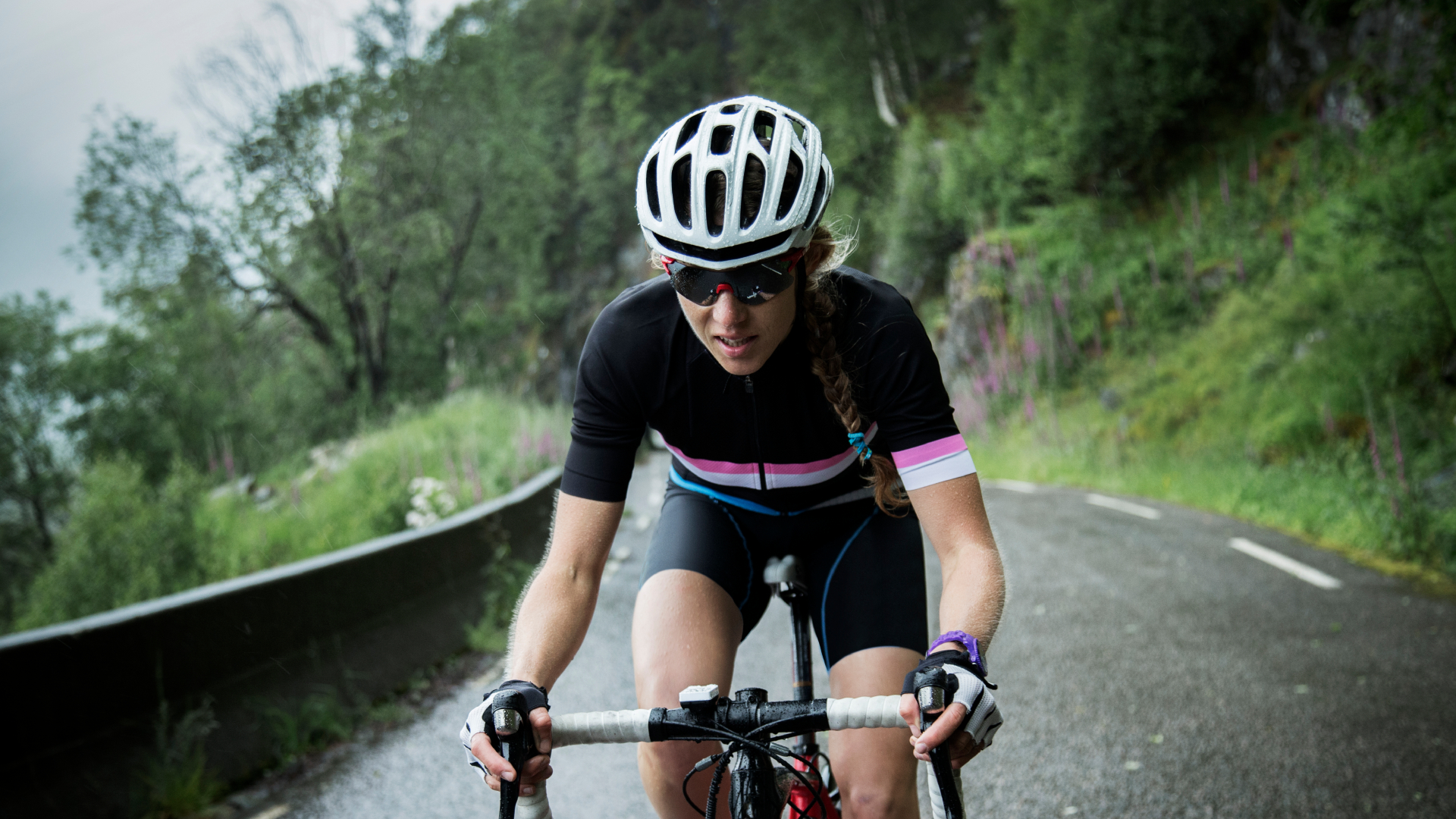 Can cheap road helmets match up to more expensive lids? We look at the key differences
Can cheap road helmets match up to more expensive lids? We look at the key differencesA helmet is a vital piece of cycling kit, providing crucial protection for your head - but how do budget and premium models compare?
By Luke Friend
-
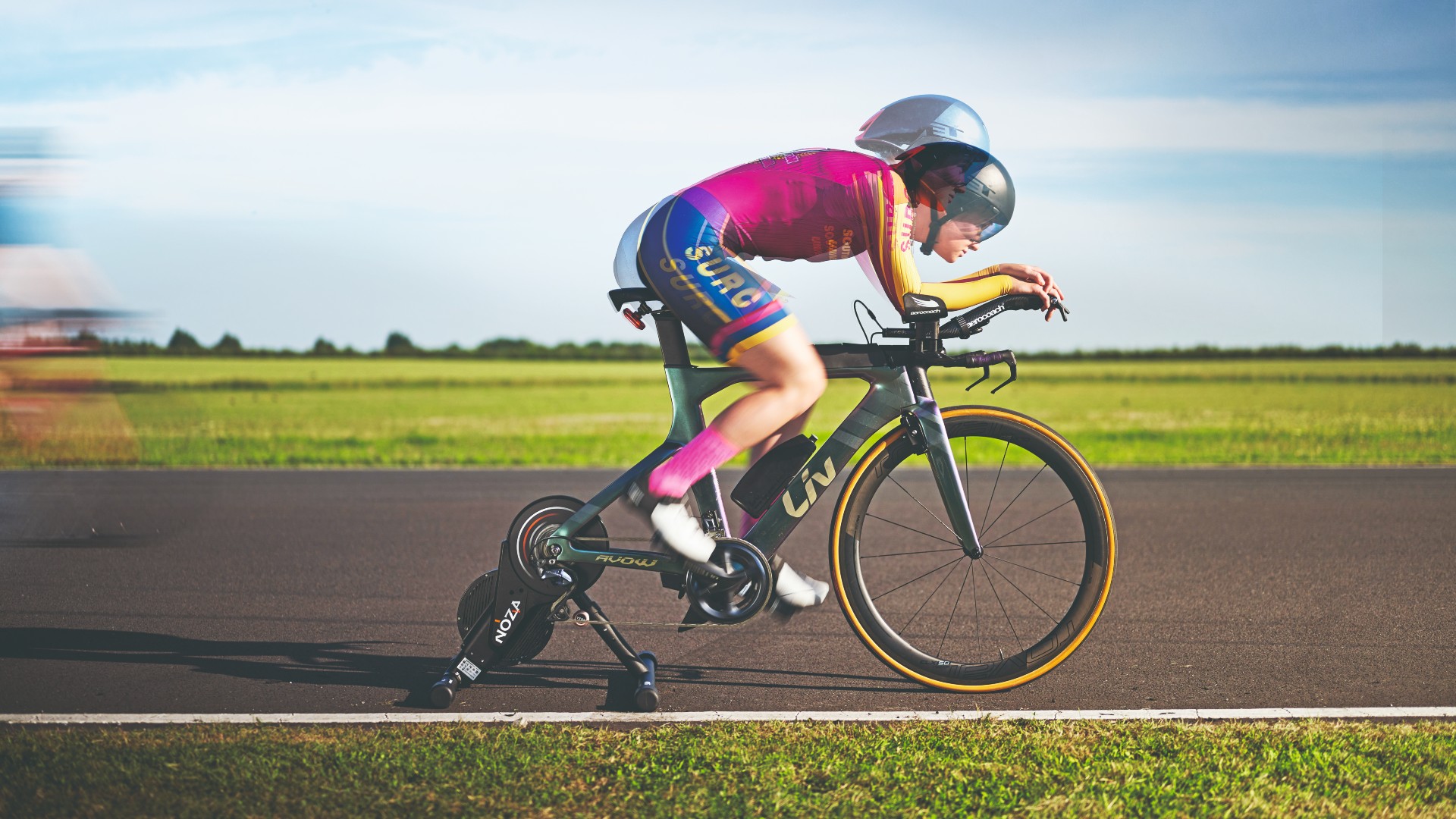 How to save 10 watts and a lot of money by doing your own real-world aero testing
How to save 10 watts and a lot of money by doing your own real-world aero testingNo wind tunnel, no problem: a quiet stretch of road, a free app and a scientific approach is all you need
By Tom Epton